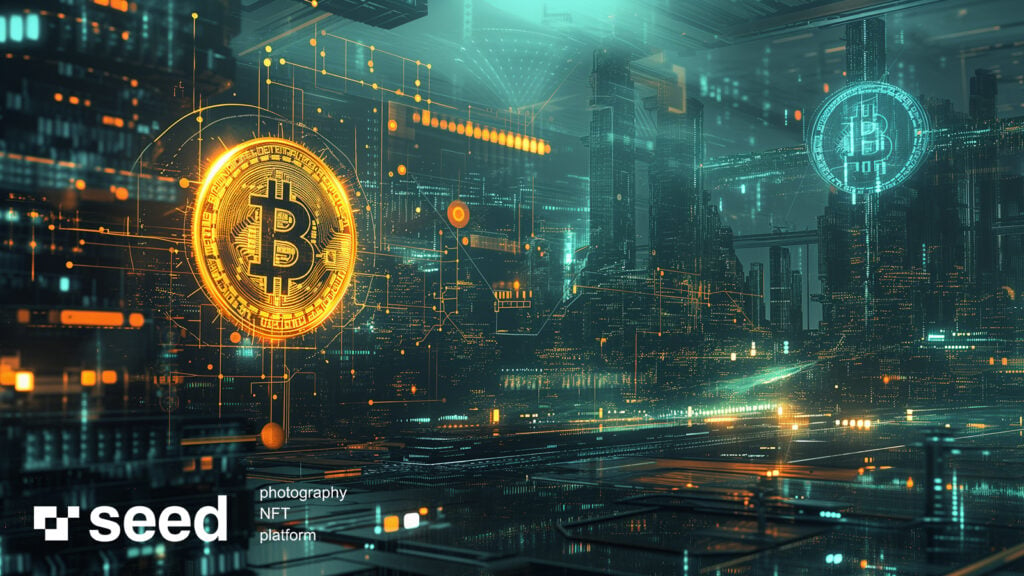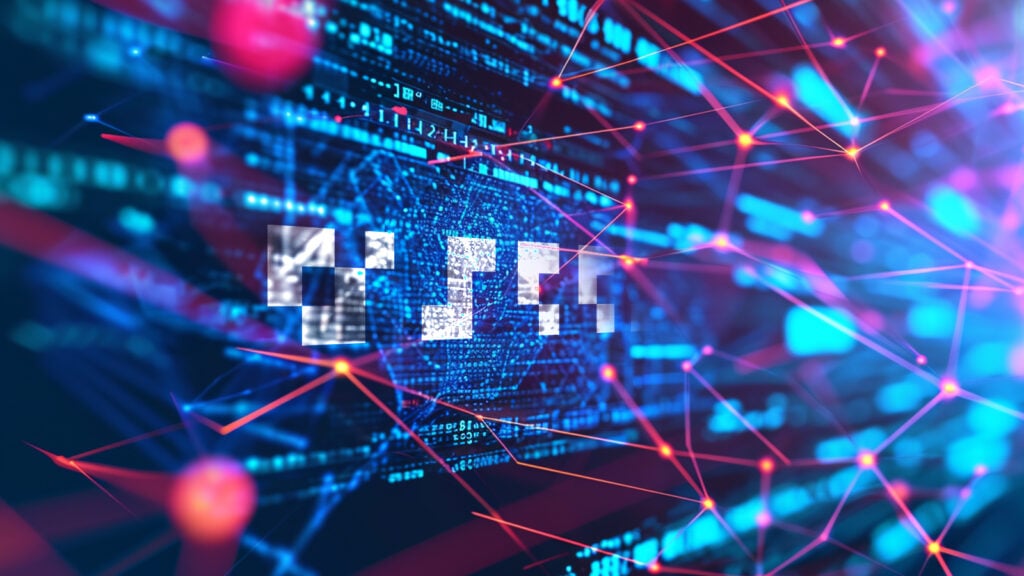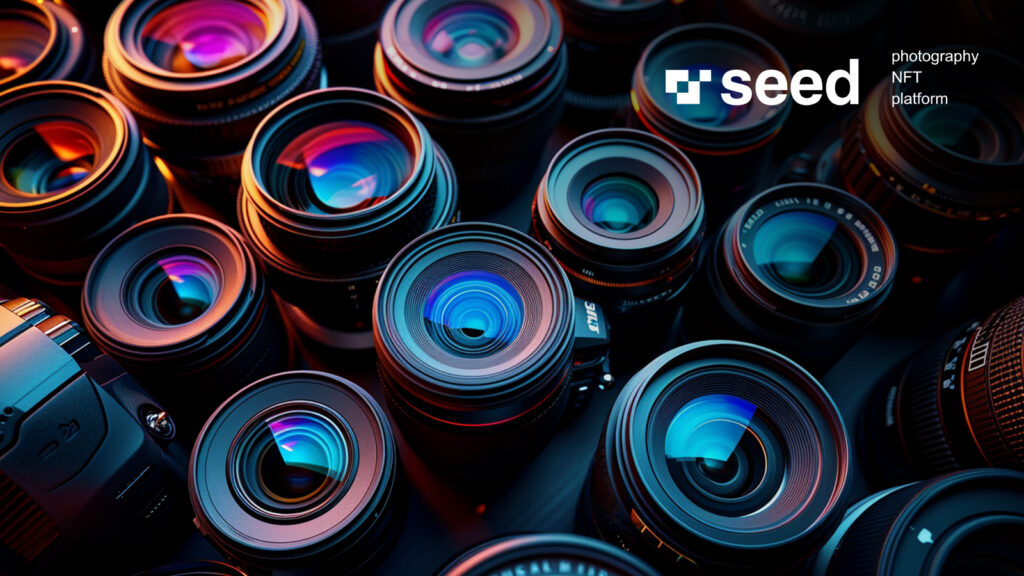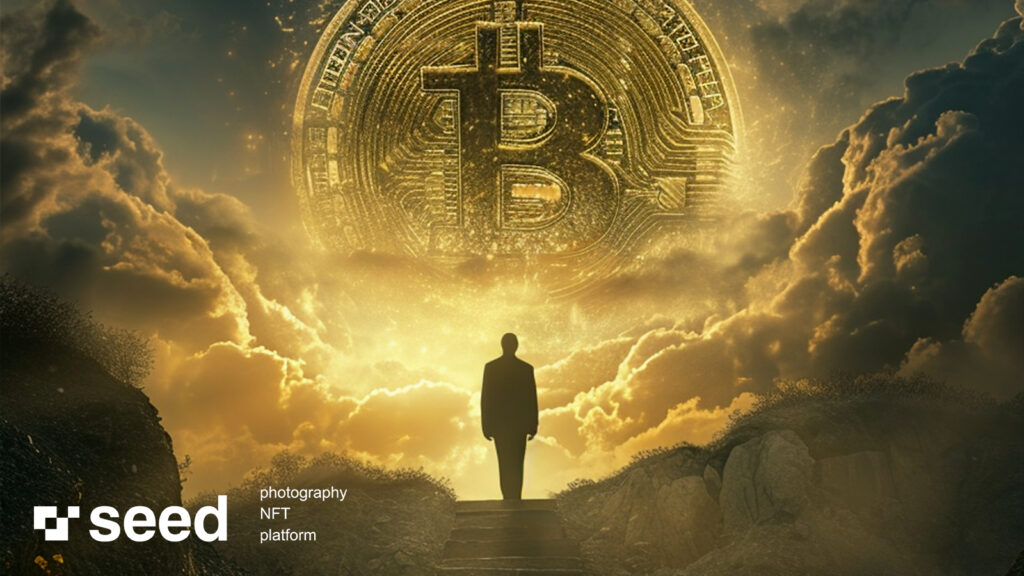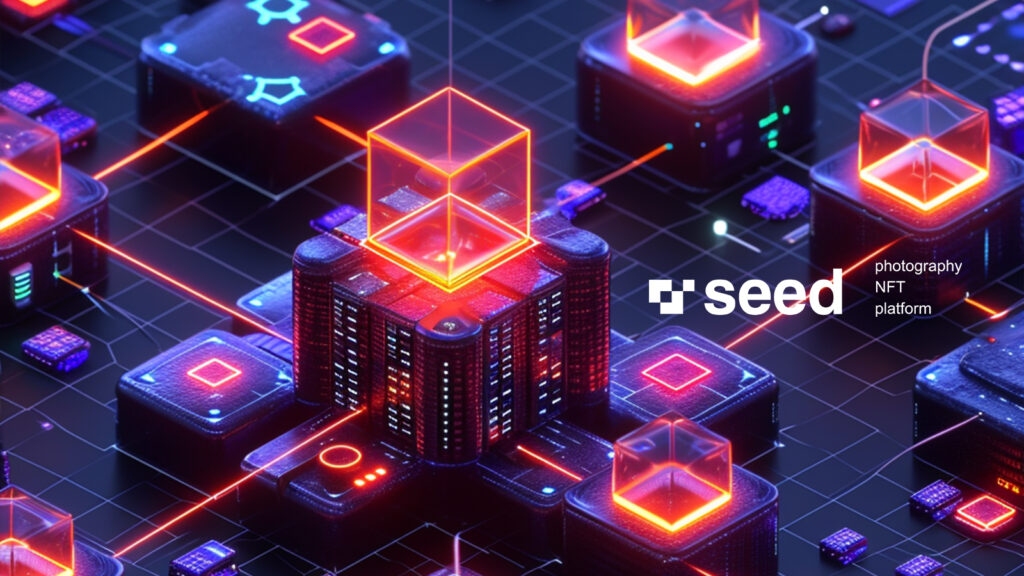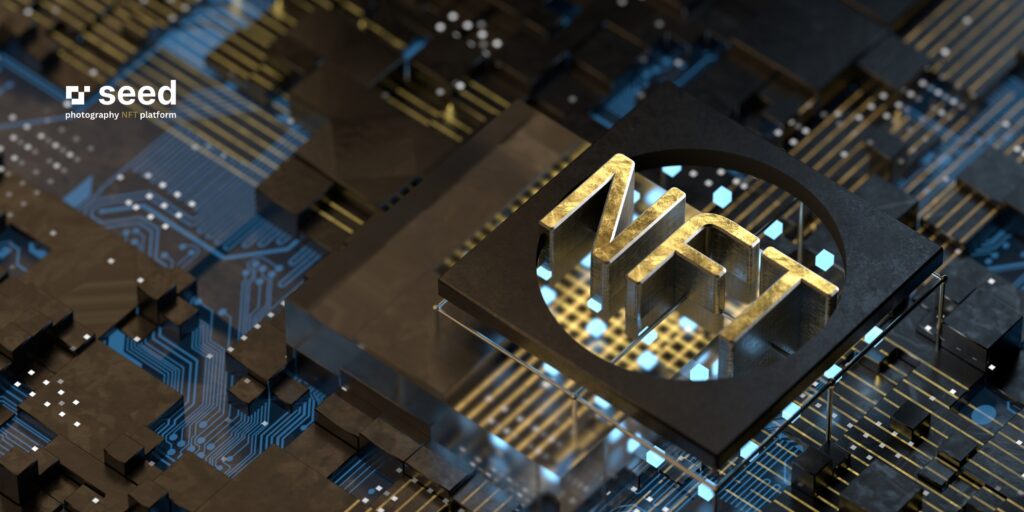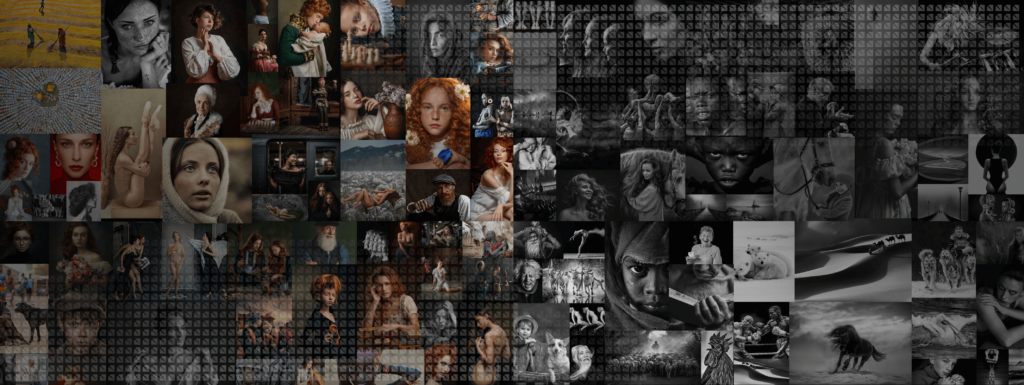Blog
News and insights from the Seed team
Updates, stories, and tips on everything in between—all in one place.
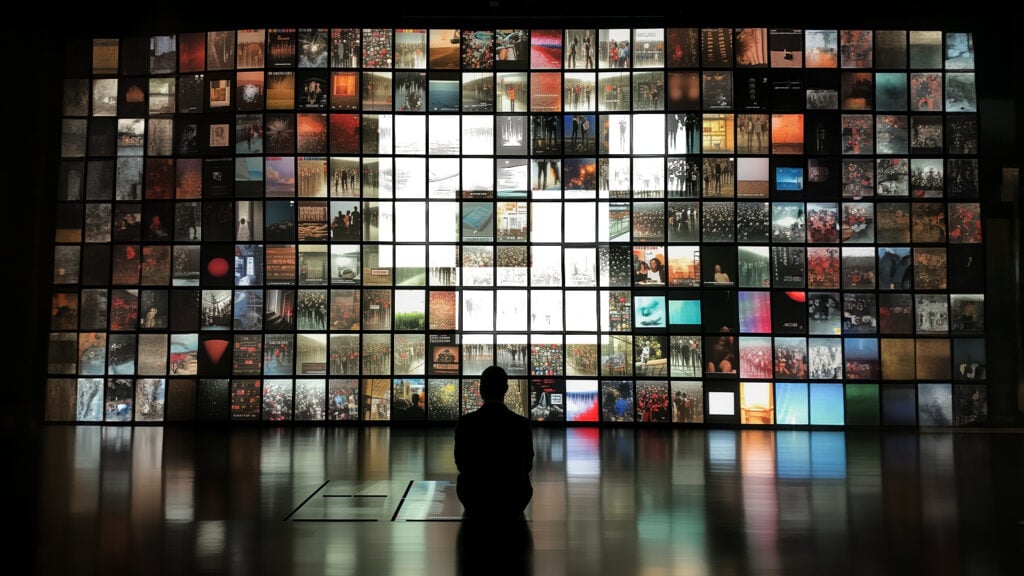
Seed.photo has officially rebranded to Seed NFT Marketplace to enhance clarity and recognition in the fast-growing NFT space. This change addresses confusion with other "Seed" token names and reflects the platform's expanded offerings. In addition to its proprietary Seed token, the marketplace includes products like Awards.Photos, CashClick, and NFT galleries such as Lens Legacy and Pixel Horizon. Co-founder Alex Atashkar emphasized that this rebranding will help the platform stand out and strengthen its position as a leading platform in the NFT photography sector.
You might also enjoy
Seed.photo has officially rebranded to Seed NFT Marketplace to enhance clarity and recognition in the fast-growing NFT space. This change addresses confusion with other "Seed" token names and reflects the platform's expanded offerings. In addition to its proprietary Seed token, the marketplace includes products like Awards.Photos, CashClick, and NFT galleries such as Lens Legacy and Pixel Horizon. Co-founder Alex Atashkar emphasized that this rebranding will help the platform stand out and strengthen its position as a leading platform in the NFT photography sector.
Blockchain technology is transforming the gaming landscape, especially through mini-game bots on Telegram, by offering players decentralized mechanics, tokenized rewards, and verifiable transactions. With blockchain integration, players can own in-game assets as NFTs, ensuring real ownership and the ability to trade or sell these items in decentralized marketplaces. This technology guarantees transparency and fairness in gameplay through immutable records, while also allowing players to earn cryptocurrency rewards that can hold real-world value. Smart contracts further enhance the experience by automating reward distribution, ensuring that winners are compensated instantly and without intermediaries. These innovations make mini-game bots on Telegram a dynamic and engaging way to blend casual gaming with tangible rewards.
Multi-Factor Authentication (MFA) in Cryptocurrency:
MFA is essential for securing cryptocurrency accounts by adding extra verification layers. It uses methods like SMS codes, authenticator apps, hardware tokens, and biometrics, each with pros and cons. While MFA significantly boosts security, it's important to manage challenges like lost tokens or biometric privacy risks. Using MFA can block up to 99.9% of automated attacks, making it a critical tool in protecting crypto assets.
The introduction of Ethereum in 2015, which enabled smart contracts and decentralized applications (DApps), revolutionized the crypto space, particularly with the rise of decentralized finance (DeFi). Platforms like Aave and Uniswap offer decentralized lending, borrowing, and trading, leading to a demand for wallets that interact seamlessly with these ecosystems. MetaMask, launched in 2016, became a pivotal tool for DeFi users, while Enjin and Argent introduced wallets tailored for NFTs and enhanced security features. As DeFi and NFTs evolve, wallets are expected to continue enhancing their functionality, security, and user experience.
Europe's Markets in Crypto-Assets Regulation (MiCA) is set to revolutionize the digital asset landscape by introducing the first comprehensive regulatory framework for cryptocurrencies. Aimed at protecting investors and providing regulatory clarity, MiCA covers a wide range of crypto assets and service providers within the EU. Its phased implementation, concluding in 2024, marks a pivotal step toward stabilizing the growing crypto market, driving innovation while addressing key risks. However, NFTs and decentralized finance (DeFi) remain largely outside MiCA's current scope unless they resemble regulated assets.
NFT royalties are revolutionizing the way creators earn from their digital works by ensuring they receive ongoing income from each secondary sale. Unlike traditional models, which often fail to compensate creators for resales, blockchain technology facilitates transparent, automatic royalty payments, fostering a fairer economy. This system not only supports creators by securing their share of future profits but also helps combat market manipulation, such as wash trading, by increasing the costs of such practices. Marketplaces play a crucial role, enhancing visibility and credibility while also setting royalty rates that influence trading dynamics.
Metadata in blockchain transactions provides crucial supplementary details that enhance transparency and functionality. Stored either directly on the blockchain (on-chain) or referenced externally (off-chain), metadata includes transaction specifics, smart contract inputs, and links to important documents. This added layer of information supports various applications from supply chain management to digital identity verification, helping users authenticate transactions and streamline processes across industries.
The photography industry, which was valued at $10.79 billion globally in 2019, faced significant challenges due to the COVID-19 pandemic in 2020, resulting in a steep decline to $7.65 billion. Major camera manufacturers like Canon, Nikon, Sony, and Fujifilm saw substantial revenue drops, while the global photography services market fell from $36.42 billion in 2019 to $27.3 billion in 2020. Despite a slow recovery from 2021 to 2023, the industry has yet to reach pre-pandemic levels, with 2023's valuation still 11% below 2019. The rise of smartphone cameras capturing 85% of all photos has also impacted traditional camera sales, presenting ongoing challenges for the industry.
In Web3, protect your IP by registering it on the blockchain, using cryptography for security, constantly monitoring for infringement, and leveraging AI-driven platforms. These strategies help safeguard your digital assets in a decentralized environment.
Money has been a cornerstone of human civilization and economic development. It's a way to store value and acts as a medium of exchange, allowing people to trade goods, services, and more.
Let’s start by discussing the role of NFTs in the current digital landscape. How do you see NFTs, particularly NFT photographs, reshaping the way we interact with digital content?
Decentralized Science (DeSci) in Web3 transforms scientific research by using blockchain and decentralized networks to enhance transparency, inclusivity, and collaboration. Researchers are rewarded with tokens, data is openly shared, and decision-making is democratized, reducing the control of traditional gatekeepers and fostering a more accessible and innovative research environment.
Load more
